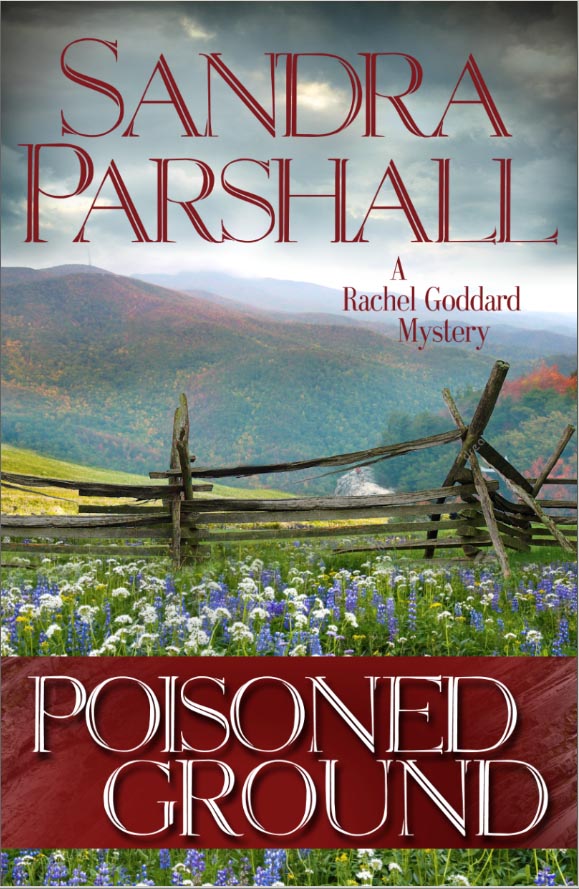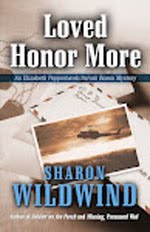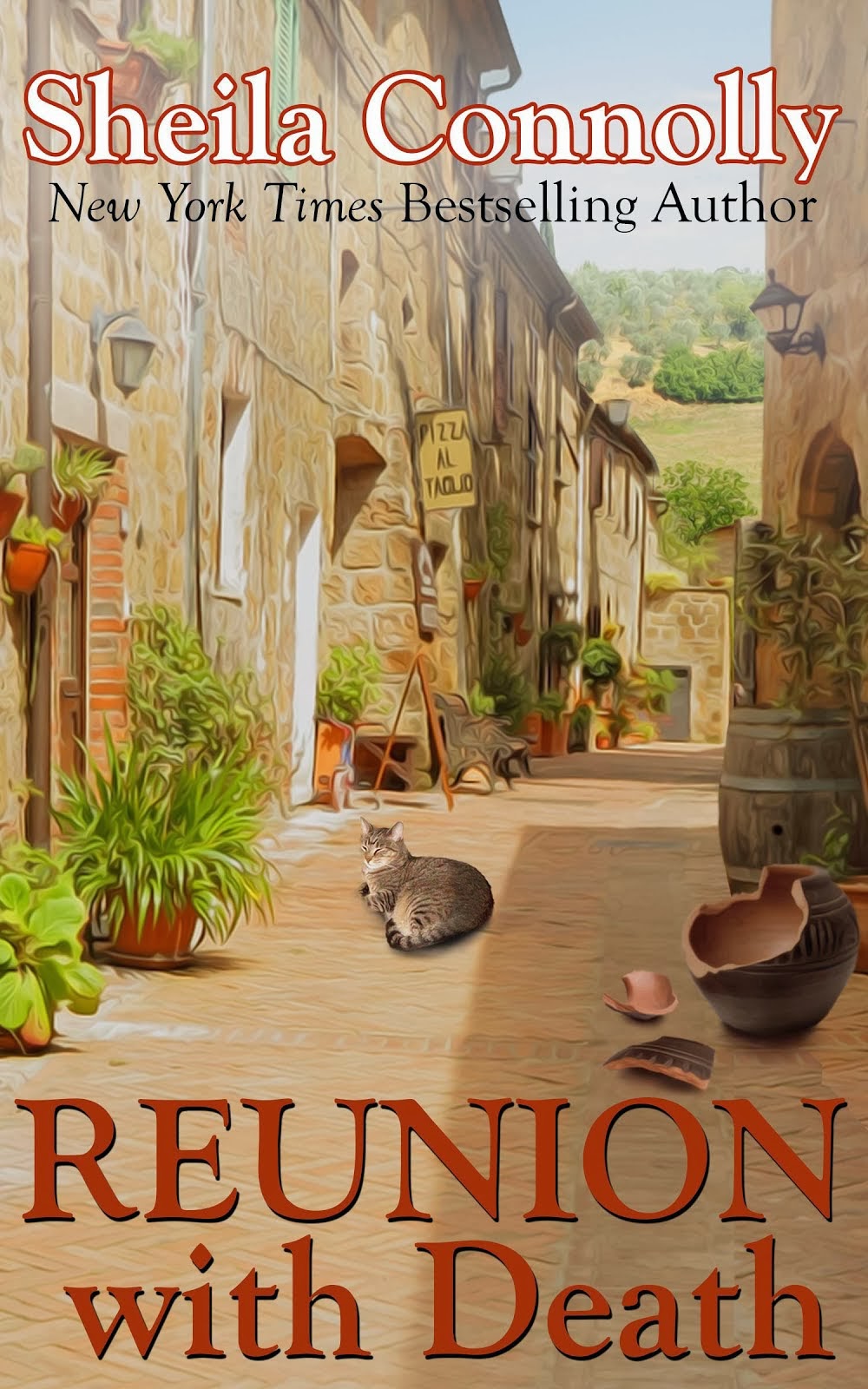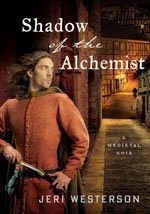by guest Misa Ramirez/Melissa Bourbon
 I’m a mystery writer. My Lola Cruz Mysteries with St. Martin’s Minotaur are soft-boiled. My new Magical Dressmaking Mysteries with NAL (Pleating for Mercy was just released on August 2nd) are cozies.
I’m a mystery writer. My Lola Cruz Mysteries with St. Martin’s Minotaur are soft-boiled. My new Magical Dressmaking Mysteries with NAL (Pleating for Mercy was just released on August 2nd) are cozies. I also have an upcoming romantic suspense based on the haunting Mexican legend of la Llorona. It's much darker than my other books.
Shifting from writing smart, sexy, sassy mysteries to small town cozies to darker romantic suspenses sometimes makes me feel as though I have multiple personality disorder! There's never a dull writing day, that's for sure.
When I began to think about a darker story, I automatically focused on the dark hero. The damaged heroine. And I got into Dexter.
I should note here that I'm a teacher, as well (Southern Methodist University with the creative writing CAPE program and Savvy Authors). One thing I love about teaching is that it forces me to continue my own learning in new and unexpected ways. Discovering a new (to me) television show and realizing it can teach me something about characterization, is thrilling. I went through this with Supernatural (love love love those Winchester boys). I went through it with Lost (rife with conflict, those plane crash victims were). I’m going through it with Breaking Bad (Walter White is one heck of a conflicted cancer victim). And I’m going through it with Dexter.
If you haven’t seen Dexter, here’s the lowdown:
Dexter Morgan is a forensic scientist. He studies blood spatter. This television series is based on a series of novels by Jeff Lindsay, although, in the vein (no pun intended!) of True Blood, the series has taken on a life of its own. My observations are based on the TV series, not the books.
The further into the shows I watched, the more I wondered: Is Dexter a Villain or a Dark Hero?
My take on Dexter is that he walks a thin line between being a dark hero and a villain. This line is blurry and complicated; he is fascinating, which makes him an excellent case study. One could probably write a dissertation on the subject, in fact. The bottom line? He's a layered character who does horrible things for all the right reasons.
The show has been great food for thought when it comes to crafting my own characters (for any of my different series), developing their layers and depths and figuring out how to build conflict into my stories (particularly in the romantic suspenses like A Deadly Curse which are, by nature, dark).
When I develop a character, good or bad, I craft his/her moral code. Even the darkest hero and the villain have a moral code. It may be twisted or skewed, but it exists and in his/her mind and actions are justified because of the code. I’ve always written this way, but the point was driven home as I watched the end of season one in Dexter. We began to see flashbacks to Dexter’s adoptive father and the code he helped Dexter establish. Harry’s Code. It’s the guiding force in Dexter’s life, informing all of his decisions. It’s his moral compass.
Dexter is an anomaly within humanity in that he doesn’t feel anything. He says he has a hole inside him where those feeling should go. If he could feel something, he’d care about his sister, also a cop.
Harry, Dexter’s father, steps in to help Dexter adapt to the world he lives in. He teaches him how to survive, kill effectively and efficiently, how to never get caught, and, on an emotional level, how to interact with the people around him so that he can fit in.
We all have our own moral code, we just don’t recognize it or live by it as intentionally as Dexter. But when crafting a character, knowing his/her code can help you stay authentic to him/her. As I am writing the third book in the Lola Cruz Mystery series, Bare Naked Lola, the mystery takes Lola to a nudist resort. The big question (one I haven’t answered yet) is, “Will she or won’t she?” Go naked, I mean. See, Lola lives by a code of striving for gender equality, seeking justice, being true to her sexy, sassy, smart, kick-ass self, preserving her family’s culture within her life, and respecting herself and her family. She’s also a good Catholic girl. A few of these elements conflict when I try to answer the question of whether or not Lola’ll take it all off in order to solve a case. (You’ll have to stay tuned to find out the answer!)
Harlow Cassidy, the sleuth in Pleating for Mercy, has her own moral code, as well. It revolves around the idea of justice, preserving the safe, small town Texas town she grew up in, and keeping family close and safe. She's not an ends justifies the means kind of woman, but she is a go-getter, willing to put herself on the line if it's the right thing to do.
Just like in Dexter, people can make a choice to go against their code. There are consequences to those decisions, and in a book, that’s exactly what you want. If Lola doesn’t go nude, she upholds parts of her code, but sacrifices other elements. If she does, she may solve the mystery, but will she respect the decision knowing what she did and how she compromised? Does the end justify the means?
In A Deadly Curse, someone is killing women and making it look like the drownings of la Llorona, a 500 year old mythic woman (think Madea). The killer lives by his own code and sees what he does as justified. Skewed, yes, but authentic.
Now, Dexter’s backstory is important in framing who he is (as is the case for any dark hero...or any hero, for that matter). Dexter witnessed his mother being killed, which is the catalyst for his emotional emptiness. This also drives his bloodlust and desire to hurt those who are hurting others (as he does with a dog who constantly yaps and irritates his adoptive mother to the point that she can't sleep), thereby achieving a warped sense of justice. With Harry’s guidance, he develops the “Code”--to only kill those who “deserve” it (those who are killers themselves). The God Complex here is obviously huge, and the whole premise is layered with moral dilemmas.
Things get more complicated for Dexter as he continues to ‘role play’ his emotional attachment to the few people he pretends to care about (his sister, a girlfriend, and her / his children). The other fundamental conflict, or course, is that he works in law enforcement, yet he breaks the law--in a big way--every time he kills. His secrets are close to being discovered more than once.
But from the beginning, we witness a process of humanization in Dexter because we understand why he is bereft of emotions, where that hole in him stems from, and when he begins to question his own code, we see his deeper moral dilemma. This character truly straddles the line between villain (because how do we ever condone a killer and this God complex?) and dark hero (because we see the good in his intentions). When he begins to recognize ‘real’ feelings within himself, the ambiguity of his ‘hero’ status deepens right along with his moral conflicts.
This is a fascinating, albeit violent and graphic, show (I cover my eyes... A LOT!). Despite the gruesomeness and violence, I love it, as I also love Breaking Bad, because this character is so fundamentally conflicted. The conflicts manifest in very unexpected ways. Watching both of these shows makes me really question and think about moral coded and values, applying what I know to my own characters and their development.
A great character, dark or not, will force us to look more closely at ourselves, to examine what we think and feel, and any character who can make us do that is well worth watching or reading about, and will, ultimately, help us as we build our own conflicted, real characters--no matter how light or dark the book.
What do you think of Dexter (if you’ve seen the show and know the character)? Do you think he’s a villain or a dark hero?
 Melissa Bourbon, who sometimes answers to her Latina-by-marriage name Misa Ramirez, gave up teaching middle and high school kids in Northern California to write full-time amidst horses and Longhorns in North Texas. She fantasizes about spending summers writing in quaint, cozy locales, has a love/hate relationship with yoga and chocolate, is devoted to her family, and can’t believe she’s lucky enough to be living the life of her dreams.
Melissa Bourbon, who sometimes answers to her Latina-by-marriage name Misa Ramirez, gave up teaching middle and high school kids in Northern California to write full-time amidst horses and Longhorns in North Texas. She fantasizes about spending summers writing in quaint, cozy locales, has a love/hate relationship with yoga and chocolate, is devoted to her family, and can’t believe she’s lucky enough to be living the life of her dreams.Visit Melissa at her website http://melissabourbon.com
Melissa on Twitter http://twitter.com/MelissaBourbon
Melissa on Facebook http://www.facebook.com/AuthorMelissaBourbon.MisaRamirez
And at Books on the House, a website bringing books and readers together!
http://booksonthehouse.com





















